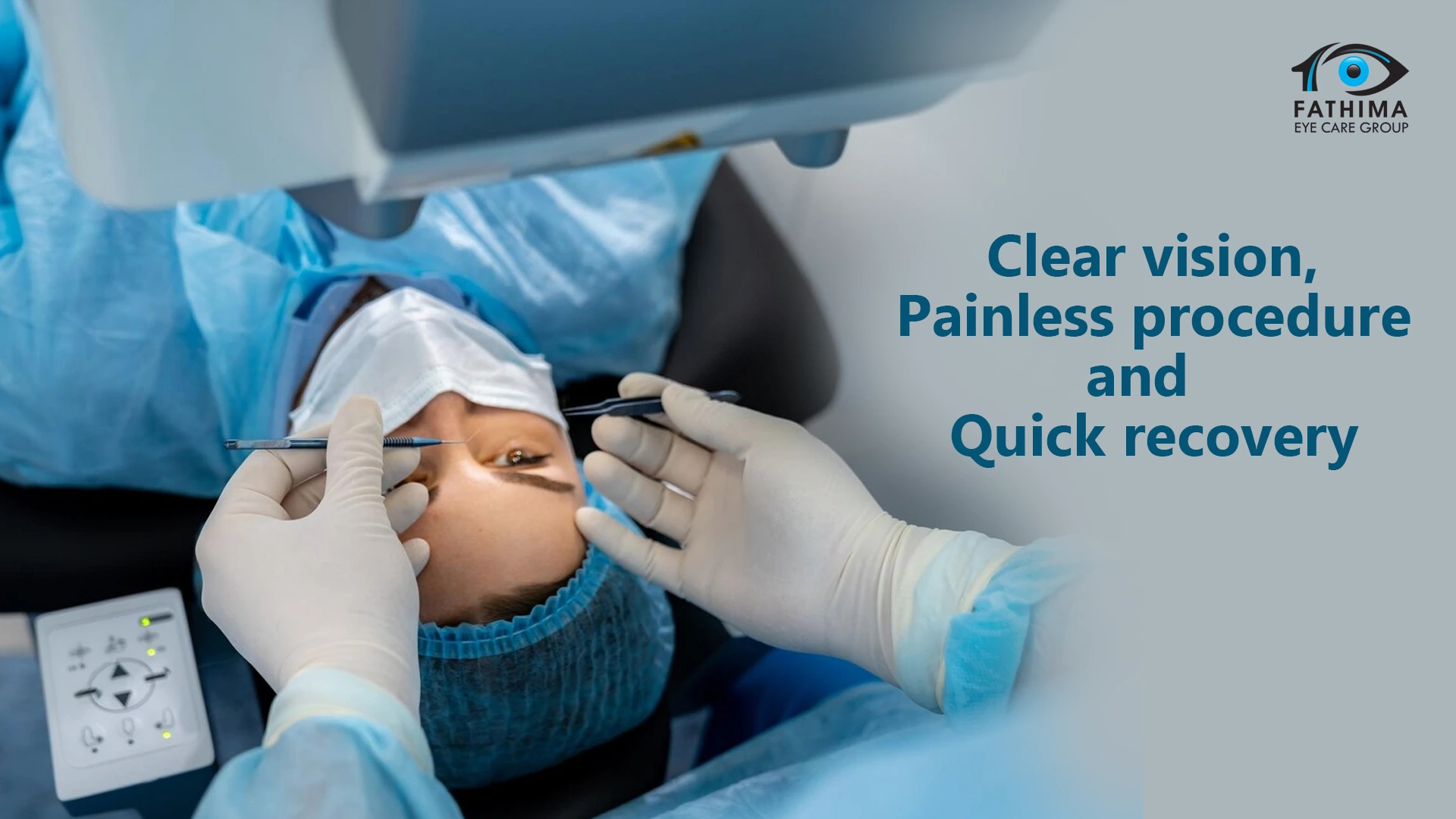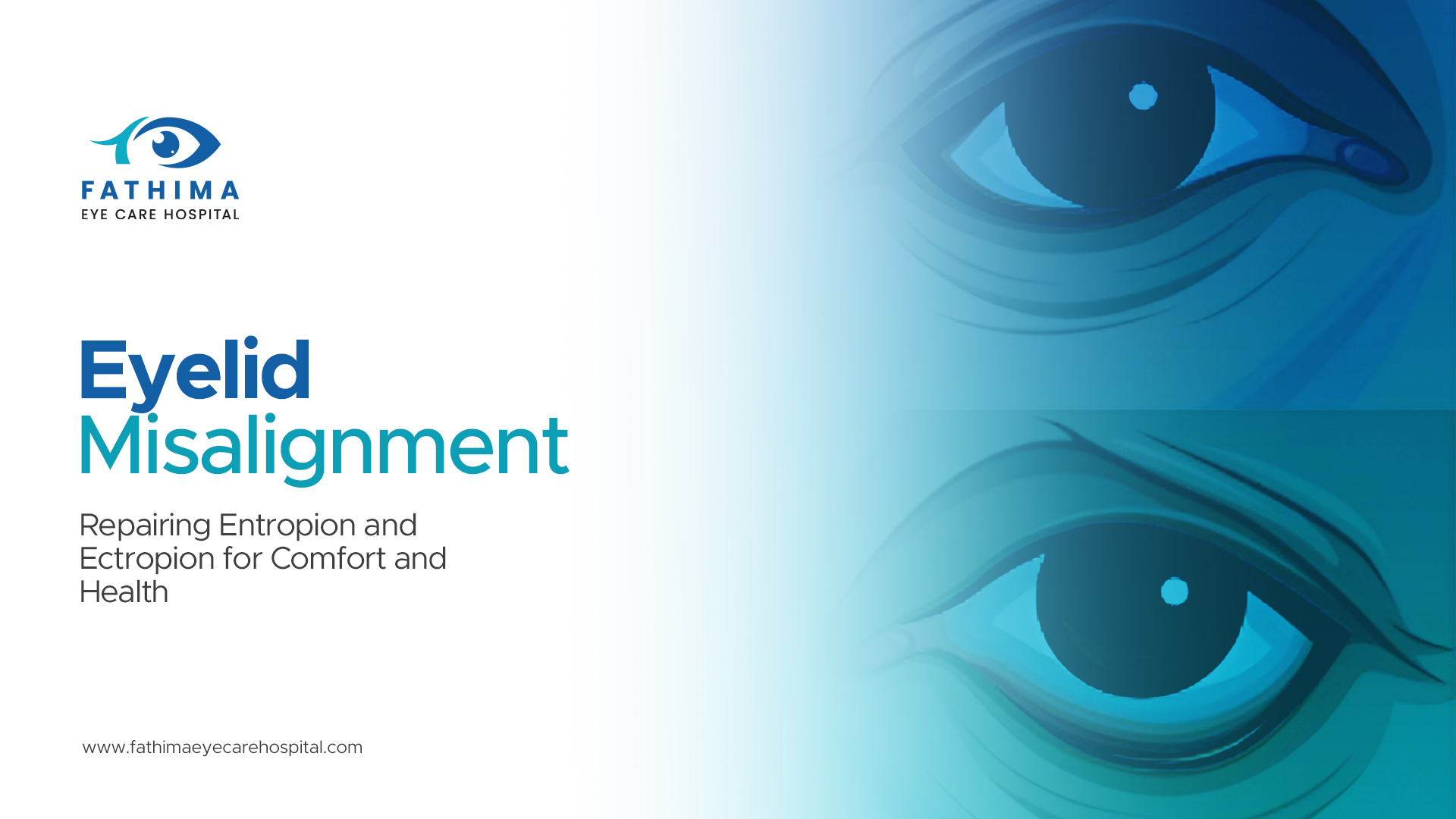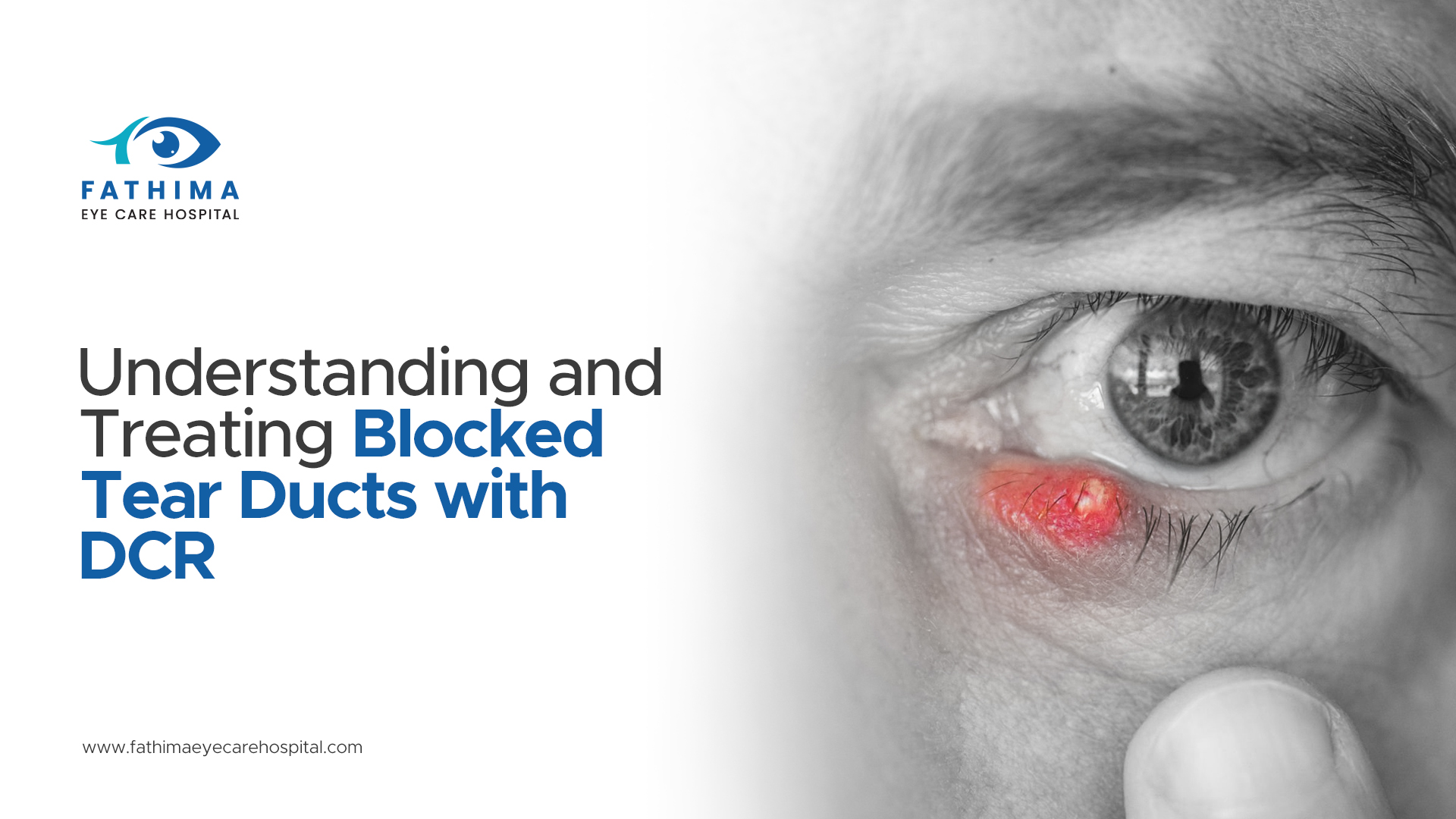

Cataracts are the most common issue with aging eyes where the condition starts with a natural clouding develops above the eye lenses, leading to a blurred vision. In most of the many cases, it even leads to partial or full blindness. There were days when cataracts used to be a much complicated affair. Fortunately due to the growth of medical technology, cataracts can now be treated effectively through the most modern surgical techniques and phaco surgery for cataract has been the most advanced method among them. Here we can explore a bit more on everything you need to know about phaco surgery, including what it is, and the steps involved with the benefits it offers.
What is Phaco Surgery?
Phacomulsification, popularly known as phaco surgery is a minimally invasive surgical procedure which is now popularly applied to remove cataracts. This technique aids an ultrasound to emulsify, or rather break up the clouded lens inside the eyes. The fragmented pieces of lens can then be sanctioned out, where an artificial intraocular lens (IOL) is then implanted in its place to restore a much clearer vision.
Phaco surgery is always renowned for its precision and safety with a quick recovery time, that involves only a very small incision that minimizes the risk of complications and allows patients to easily resume their daily activities much sooner than those traditional cataract surgery methods.
Why Choose Phaco Surgery For Cataract?
Recognised as the most improvised standard for cataract treatment due to an array of advantages that include.
Minimally Invasive Procedure: This procedure would only involve only a small incision, which is less than 3 mm. This can significantly reduce the trauma for eyes.
Quick Recovery Procedure: Patients would often notice significant improvement for their vision within some days, where they can return to their normal activities in a very short time.
High Percentage Of Success: Phaco Surgery has an exciting success rate of over 95%, where it has become the most safest surgical option.
Enhanced Vision: The use of modern IOL’s that have been widely used in this surgery which provides an enhanced vision correction, thus avoiding the need of glasses or contact lenses.

Also read : The Link Between Diabetes and Vision Loss: What You Need to Know
Understanding those Phaco Surgery Steps
If you are looking out to go ahead with a phaco surgery for cataract, it is highly recommended to go through the process of the surgery, which includes a step-by step break down:
Step 1 Pre-Surgical Evaluation
Before resuming the surgical procedure, patients would be taken through a complete eye examination by an expert ophthalmologist who will then determine the severity of the cataract and assess the requirement of the most suitable IOL according to the patient’s needs. Various factors including the measurement of the eye, corneal curvature and axis length would be determined to ensure the precise placement of this lens.
Step 2 Anesthesia Administration
Phaco Surgery is performed in normal conditions with a local anaesthesia, which can be done with eye drops or through a simple injection making it an ultimately painless procedure while keeping the patient awake and cooperative.
Step 3 Creating the Incision
A tiny incision in the cornea is done using a specialised blade or even laser. This incision would be so small that it would not require any stitches which would go for a self heal after the surgery.
Step 4 Emulsifying The Cataract
This is where the procedure happens, where a phaco-mulsification probe is inserted through the incision to emit those ultrasound waves that can efficiently break that cataract affected lens into really tiny fragments which is then successfully aspirated from the eyes.
Step 5 Intraocular Implantation Of Lenses
After a successful removal of the Cataract, a foldable IOL is inserted through the same incision where the IOL would unfold itself in the eye to get into a protective shield that gets a secure position inside the eyes lens capsule.
Step 6 Final Touches
The surgeon would seal the incision then, which would heal naturally or with a tiny stitch only when it’s needed. Antibiotic eye drops are used to prevent any sort of infection and a protective shield is placed over the eye.
Types of Intraocular Lenses Used in Phaco Surgery
The type of IOL used has a lot to do when they are implanted during the procedure of a phaco surgery for cataract where it plays an extremely crucial role in determining the quality of one’s vision. Some of those common types of IOL lenses would include;
Monofacal IOL’s : These lenses provide a much clearer vision for a single distance. This can be near, immediate or far where use of glasses is still recommended for other distances.
Multifiocal IOL’s: This lens offers a clear vision at multiple distances which reduces the dependency of glasses.
Toric IOL’s: This is largely used to correct astigmatism along with cataract removal which provides a much sharper vision.
Accommodative IOL’s: These lenses mimic the natural focusing ability of the eye with a better nar and improved distant vision.
Your ophthalmologist will be the one who would recommend the best IOL that will be totally based on the needs of your vision, suiting the budget and even the lifestyle.

Also read : Common Pediatric Eye Problems Demystified: What Parents Should Know
Recovery After A Phaco Surgery
The recovery process after a phaco surgery is typically quick and extremely straightforward. Giving importance to post-operative care instructions is also essential to ensure a better healing and to also achieve an enhanced result.
Immediate Post-Surgery
Vision may get a bit blurred just after the surgery which would definitely improve after some days. There can also be mild discomfort including some itching or even redness around the eye, which will naturally subside within a week.
Post Operative Care Tips
- Use those prescribed eye drops to effectively prevent infection and inflammation.
- Try and avoid rubbing or pressing on the operated eye.
- Do not try to lift heavy things or perform some of those strenuous activities for some weeks.
- Protect your eyes from dust and also from bright light by wearing some sunglasses or a protective eye shield.
- Always attend follow up appointments as scheduled to monitor the healing process and address any concerns if any.
Potential Risks and Complications
Phaco surgery is extremely safe. On the other hand, like any other surgical procedure, it also carries some risk including infections, swelling or inflammation around the operated eyes. There can also be glare or halos around the eyes and in worst cases retinal detachment can also happen. Patients are highly recommended to take prompt and timely medical attention with a strict adherence to post operative care instructions which can effectively reduce a lot of post operative complications.
Let’s conclude with an understanding about Phaco Surgery as a revolutionary procedure that has effectively transformed the concept behind the treatment of cataracts by offering the most safest, effective and the quickest solution to restore that clearest vision you desired. Now you would have understood what Phaco Surgery is, with its steps involved and its benefits in taking an informed decision about an insightful eye care. If you or your loved ones are having a tough time with cataracts, visit Fathima Eye Hospital today and book an easy consultation with us to see a better world from tomorrow!
FAQs About Your Phaco Surgery For Cataract
Is PHACO surgery a painful procedure?
No, PHACO surgery is not at all painful. There will be a local anesthesia that will be given to ensure that the procedure becomes extremely comfortable for the patient.
How long would the procedure take?
The surgery would typically last for 15 to 30 minutes where one will have to spend some hours at the hospital for the pre surgical preparation and the post -operative observation.
When can I resume normal activities?
Most patients can return to their routine within a week, but its highly essential to avoid strenuous job for at least two weeks
Will I still need glasses after the surgery?
The need for glasses would totally depend on the type of IOL that’s implemented during the procedure. IOLs can rapidly reduce the use of glasses, whereas some monofocal IOL’s would still need them to perform certain tasks.
Can cataracts return after Phaco Surgery?
Cataracts will not return backs since the natural lens has been removed. However there are some patients who would develop another condition called as posterior capsule opacification or PCO which can be treated with a simple laser procedure.
Why should you choose Fathima Eye Hospital for Phaco Surgery?
Fathima Eye Hospital is committed to providing the most affordable eye care services to all. With a great panel of experienced ophthalmologists who can provide the state of the art technology in ensuring the highest precision and safety during every phaco surgery for cataract.






